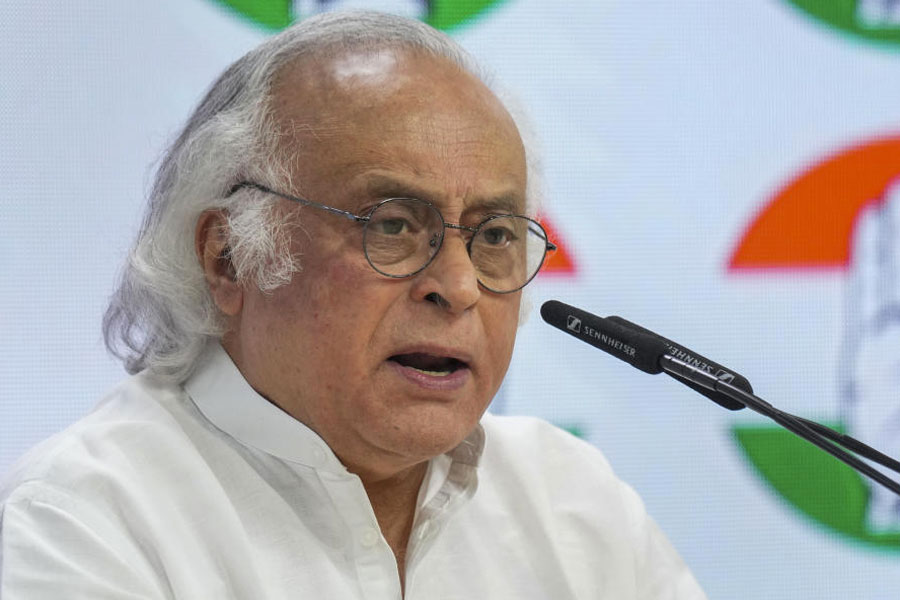 |
| Signalling change |
Mumbai, Nov. 15: Banks will now have to make fewer provisions on loans that do not show warning signs of a potential default.
The Reserve Bank of India (RBI) announced a series of measures on Saturday to increase the cash trove with banks and relaxed onerous lending conditions so that they can provide more credit to home buyers, commercial real estate developers, exporters, and small and medium businesses.
The provisioning requirement for housing loans beyond Rs 20 lakh and other sectors has been brought down to 0.40 per cent. Last year, the provisioning limit for residential loans above Rs 20 lakh had been raised to 1 per cent from 0.25 per cent.
The provisioning limits for standard advances to commercial real estate, personal loans, including outstanding credit card receivables and that given to commercial real estate, were also progressively raised to 2 per cent from 0.25 per cent. The provisioning on all these loans has now come down to 0.40 per cent.
At the same time, the central bank permitted companies to buy back the foreign currency convertible bonds they had floated some years ago and are now heavily discounted because of the financial crisis.
The RBI also permitted banks to offer higher interest rates to non-resident Indians who wish to park their money in two schemes that are earmarked for them.
The biggest beneficiary of the cut in the provisioning limits will be the housing sector, which has been going through a severe crisis with an alarming drop in demand for housing and tighter credit.
The relaxation means that the banks will now have more money to provide home, personal and other loans. The RBI move will free up capital. Therefore, for every Rs 1 lakh of a home loan, banks will have to set aside Rs 400 from their earnings as provisioning instead of the earlier Rs 1,000.
The latest measures have been announced with a view to improving credit flow.
“There are indications that the global slowdown is deepening with a larger than originally expected impact on the domestic economy, particularly for the demand conditions in the medium and small industry sector and export-oriented sectors.
In the context of these developments, further augmenting rupee and forex liquidity, strengthening credit delivery mechanisms and improving credit delivery are imperative to sustain the growth momentum, the central bank said while explaining the rationale behind the new measures.
The RBI has already reduced the repo rate (the rate at which it provides liquidity to banks) to 7.5 per cent from 9 per cent and the cash reserve ratio to 5.5 per cent from 9 per cent.











